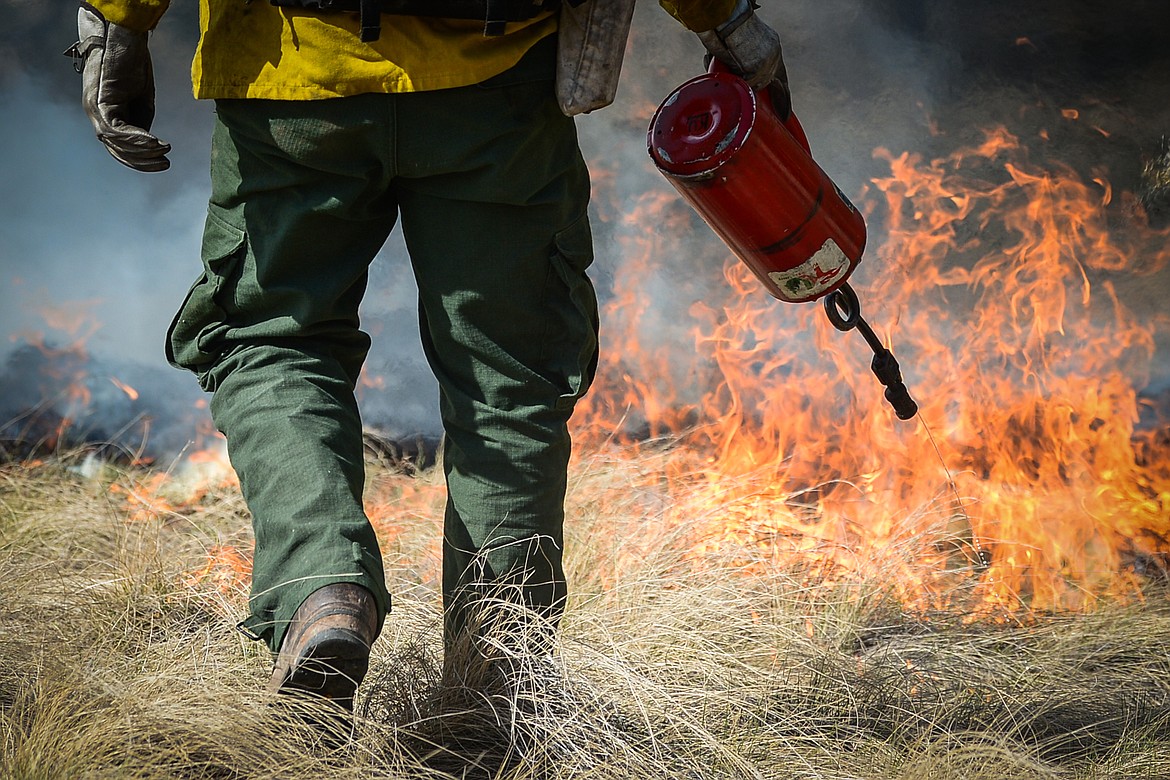Flathead Forest OKs 3 projects to reduce wildfire risks
Work is expected to begin this fall on projects aimed at reducing the severity of wildfires at three locations around the Flathead Valley.
The Flathead National Forest on Wednesday approved up to 1,633 acres of fuel breaks along Ashely Lake west of Kalispell, Good Creek northwest of Whitefish and Lion Hill near Martin City. Each of the projects is located within a so-called wildland urban interface where forested areas abut residential communities.
The work on Ashley Lake is planned for 330 acres near Rand Creek along the north shore. Private homes and two public campgrounds encircle the lake.
The Good Creek fuel break will encompass 1,077 acres near numerous private homes and structures southwest of Olney. The Lion Hill project is 226 acres along Lion Hill Road and the South Fork of the Flathead River, within the vicinity of Martin City.
According to the Forest Service, the projects are authorized under a portion of President Joe Biden's Bipartisan Infrastructure Law which allows the construction of fuel breaks adjacent to roads, trails, powerlines or similar infrastructure.
Flathead County commissioners in 2023 offered a letter of endorsement for the proposals, citing the need to protect properties, the environment and infrastructure from the effects of wildfire.
"In tandem with the growing number of citizens establishing home ignition zones around their residences and undertaking forest management on their lands to curtail fire intensity, it becomes increasingly imperative for government agencies to actively engage in land treatment efforts," the commissioners wrote to the Forest Service.
Forest crews will installed shaded fuel breaks in these three locations by thinning understory along roads to reduce ladder fuels and tree densities, while leaving mature overstory intact. Mechanical thinning, hand thinning and pile burning will be used to reduce the vegetative fuel loads. Each fuel break has a maximum width of 1,000 feet.
The fuel breaks would be created over the next five to 10 years, with no repeat treatments planned. Access would be from existing roads. No closed roads would be used and no new permanent or temporary roads would be constructed.
Forest officials say the treatments are intended to reduce the likelihood of fire spreading into tree crowns. Fuel breaks also provide strategic access and defensible features for fire managers during a wildfire response, while also reducing risk to firefighters.

